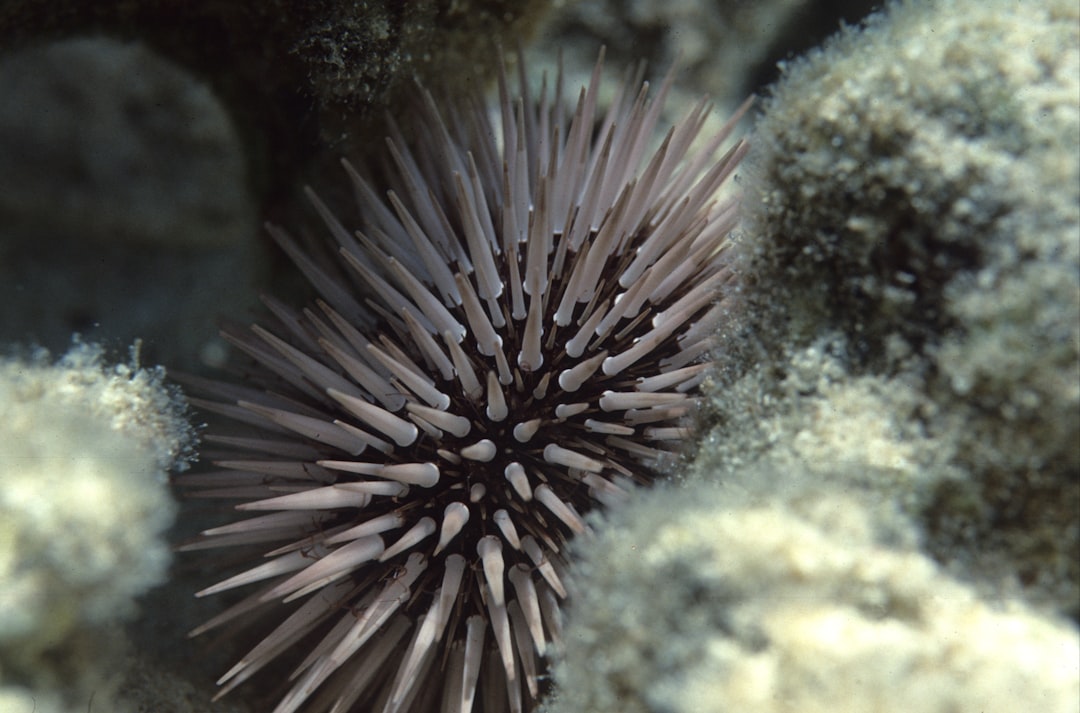What is it about?
Insect host range is determined by a series of processes - usually starting with female insects including moths seeking and choosing host plants for oviposition. Here we showed that a new pest - the Gum Leaf Skeletoniser has antennae are tuned to Eucalyptus odourant compounds - as might be expected for a Eucalyptus specialist.
Featured Image
Why is it important?
This question of host range specificity is important because it affects the risk of non-target impacts being caused by new invaders - as well as the risk of weed biocontrol agents widening host range. When it is possible to show (as here) that the antennae are tuned to specialised Eucalyptus compounds, this corroborates host studies on valued plants like Metrosideros, where unusual apparent host use was from inconsequential spillover from adjacent host plants.
Perspectives
This work is important because it is helping to build a consistent model of host choice, which can be used to undertake future risk assessments on valued plants.
Professor David Maxwell Suckling
University of Auckland
Read the Original
This page is a summary of: Identification of olfactory receptor neurons in Uraba lugens (Lepidoptera: Nolidae) and its implications for host range, Journal of Insect Physiology, July 2015, Elsevier,
DOI: 10.1016/j.jinsphys.2015.04.010.
You can read the full text:
Contributors
The following have contributed to this page










